Hanoi Hearing Mr. Huong's footsteps and the sound of the cage door opening at midnight, Pocka did not bark, just wagged his tail, ready to wait for orders.
Late-night phone calls rarely surprise professional military major Nguyen Van Huong, instructor of the Air Source Identification Department, Border Guard Intermediate School 24, Ba Vi District, because he knows he will soon be assigned a mission. Both he and his dog Pocka are always ready to receive orders.
Mr. Huong still remembers the phone call on the night of October 13, 2020, when the Central region was submerged in floods. Two consecutive landslides buried 13 officers at Ranger Station 67 while they were rescuing workers at Rao Trang Hydropower Plant in Phong Xuan Commune, Phong Dien District, Thua Thien Hue Province. On the second day of searching, with no results, search dogs were mobilized to the scene to search for missing people.
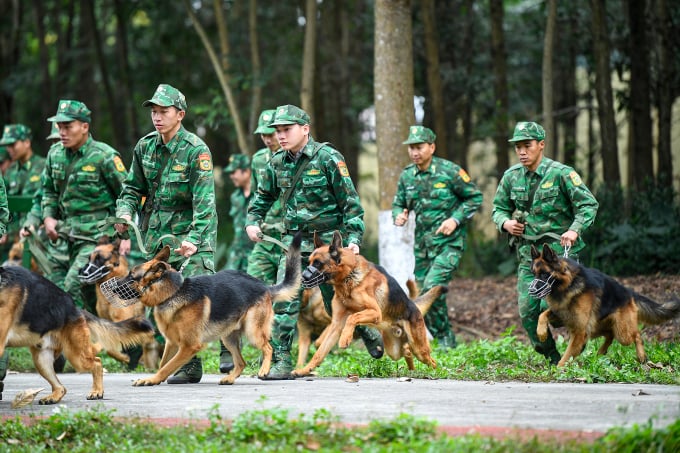
Service dogs practicing at Border Guard Intermediate School 24, December 2023. Photo: Giang Huy
In his luggage to prepare for Rao Trang, Mr. Huong stuffed dry food for people, dried bran, and canned meat for the service dogs. In the middle of the night, the red-plated car carrying 7 soldiers and 3 service dogs left Ba Vi and headed straight to Thua Thien Hue. The pouring rain along the way was just the beginning of a series of natural disasters, landslides, and floods that the Central region had to endure throughout October 2020.
The service dogs participating in that trip were all selected. Among them, Pocka, a 7-year-old German Shepherd, has a sensitive nose and has searched for missing British tourists in Sa Pa (Lao Cai) and flash floods in Nam Pam (Son La).
Many years of rescue work, drug busts, and crime hunting, but this time the task weighed heavily on the soldiers' shoulders, because more than half of the 13 officers involved in the accident were soldiers. Mr. Huong tried to sleep, remembering the instructions of the head of the Department of Vapor Source Identification, to carefully observe the landslide scene to determine the key location, not to send the dog to search everywhere. Once the location was determined, cross-check that place.
"Pocka is the oldest and calmest one, so he will take the lead and guide the others. If he finds the source, the others will have a basis to search. They will cooperate to check it together."
The team arrived at Sub-region 67 after more than 10 hours of almost non-stop travel, and began searching on the afternoon of October 14. About 2 million cubic meters of soft soil collapsed, covering all traces, almost nullifying the search efforts of hundreds of engineers and excavators. But everyone was still racing against time because more heavy rain was forecast, and the water-soaked hills could collapse at any moment.
"Search!", the three dogs split up to search the scene after the trainer's command. Pocka took the lead, sniffing the muddy ground with his nose. Sometimes when he got stuck in the mud, the soldiers had to put up a plank for him to climb up. Mr. Huong occasionally pulled on the reins, signaling Pocka to stop to wipe his muddy nose, check his legs for injuries before continuing the search. On the first day, the dog team found the location where the group of cadres had cooked.
"Outsiders may not know, but the trainer will understand by looking at the dog's reflexes when detecting the source of the scent. Under the position that the dog digs up, there may be objects, animal carcasses or body parts that meet the requirements. Because this is the basis for expanding the search to a larger area," Mr. Huong explained.
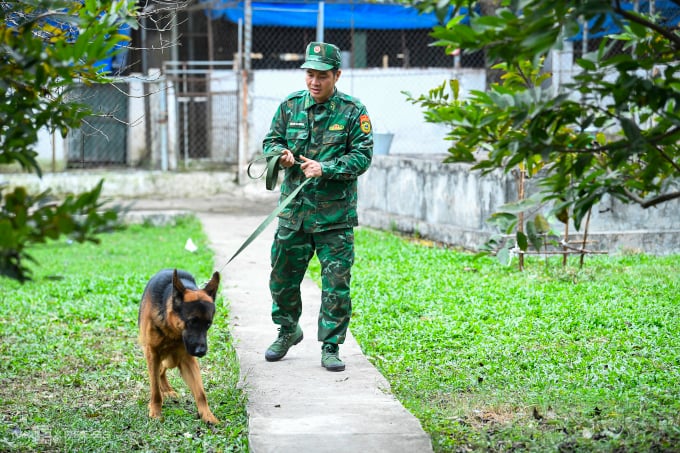
Major Nguyen Van Huong and dog Pocka - two members directly participating in the rescue at Sub-region 67 (Thua Thien Hue) in October 2020, and the earthquake rescue in Turkey in February 2023. Photo: Giang Huy
At noon on October 15, Pocka discovered another location with a source of steam and barked loudly to signal the trainer. From this location, the soldiers dug deeper and found the first victim. The search area gradually expanded. 13 victims were found one by one over the next 5 hours, under a layer of soil and rocks 2-3 meters deep.
The landslides that occurred throughout the Central region, lasting until the end of October, forced search dogs to be continuously mobilized to the scene. In just 10 days, three working groups were ordered to join the search for missing victims of the landslides in Sub-region 67; Rao Trang 3 Hydropower Plant (Thua Thien Hue); and the search for 22 soldiers buried in Huong Hoa (Quang Tri).
The training ground in Ba Vi has undergone several changes after the rescue missions, with the intensity and difficulty of the exercises gradually increasing. Soldiers set up models of collapsed buildings and landslides, brought dogs to ponds and waded through mud to get used to the terrain when performing rescues.
"In recent years, the weather and natural disasters have been unpredictable, so rescue missions have become increasingly complicated. The school has created realistic situations and exercises so that both trainers and service dogs can get used to them and not be overwhelmed," explained Major Nguyen Van Nghia, trainer of the Department of Air Source Identification.
According to Major Nghia, "learning by doing" was effective during the earthquake disaster rescue mission in Turkey in February. Six service dogs became effective scouts, helping Vietnamese soldiers accurately locate 31 points, 15 locations with air sources, and find 36 victims, 2 of whom were still alive.
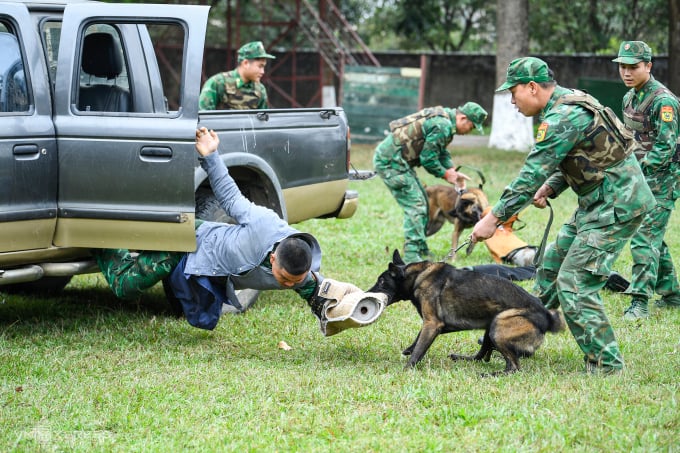
Drug-detecting dogs during training at Border Guard Intermediate School 24 in late December 2023. Photo: Giang Huy
When confronting criminals, combat dogs become "group 1 weapons" to support soldiers in suppressing the subjects. At the end of April 2022, Major Nghia led students and service dogs to practice at Si Pha Phin Border Guard Station (Dien Bien) and directly captured drug traffickers.
That afternoon, the Dien Bien Border Guard received a report that someone dressed as a forest ranger was riding a motorbike across the border into Laos to transport drugs. A plan was put forward to capture him, and Nghia's team and two sniffer dogs were assigned to ambush him. That afternoon, the task force marched to the border and waited for the subject to return. The two dogs were assigned to block the front and tail, lying still waiting for orders for three hours. At nearly 6 p.m., the motorbike crossed the Lao border into Vietnam.
"Destroy!" Major Nghia gave the command to attack when the motorbike was more than ten meters away from the ambush site. The dog named Kay immediately rushed forward and pounced on the man, while the border guards surrounded and captured him. The other dog guarded him, preventing him from escaping. The subject was then subdued, and the border guards seized 600 synthetic drug pills, 2 heroin sticks, and the weapons he was carrying.
"Without a police dog, it would be difficult to catch this subject because he is a forest ranger, knows the forest and mountain roads well, and choosing to traffic drugs is very reckless," said Major Nghia.
Depending on the different missions, the army will select the appropriate dog breed to participate. German Shepherds are big, strong, and aggressive, used in combat and protecting targets; Malinos have flexible nerves and a good nose for sniffing out drugs.
During tactical training, fighting dogs must always stay close to their owners to detect signs of danger early and be ready to charge when they hear the command. When scouting or ambushing, the dogs stay close to their owners without making any noise. When facing a dangerous armed attacker, the dogs can distract or intimidate the soldiers so they can handle it.
In patrol formations, combat dogs usually go first, sniffing for strange traces, followed by drug-detecting dogs. When forming an ambush team, dogs are divided into main attack teams, head-blocking teams, and tail-blocking teams. The main attack team usually has 3-5 dogs depending on the mission.
The command for each rescue or criminal capture mission is just one word: "Search", "Advance" or "Destroy". But for a dog to master and follow it, it takes at least 6 months of hard training, soaked in sweat and blood on the training ground.
Hong Chieu - Son Ha
Source link


![[Photo] Prime Minister Pham Minh Chinh chairs a meeting of the Steering Committee for key projects in the transport sector.](https://vphoto.vietnam.vn/thumb/1200x675/vietnam/resource/IMAGE/2025/5/10/0f4a774f29ce4699b015316413a1d09e)

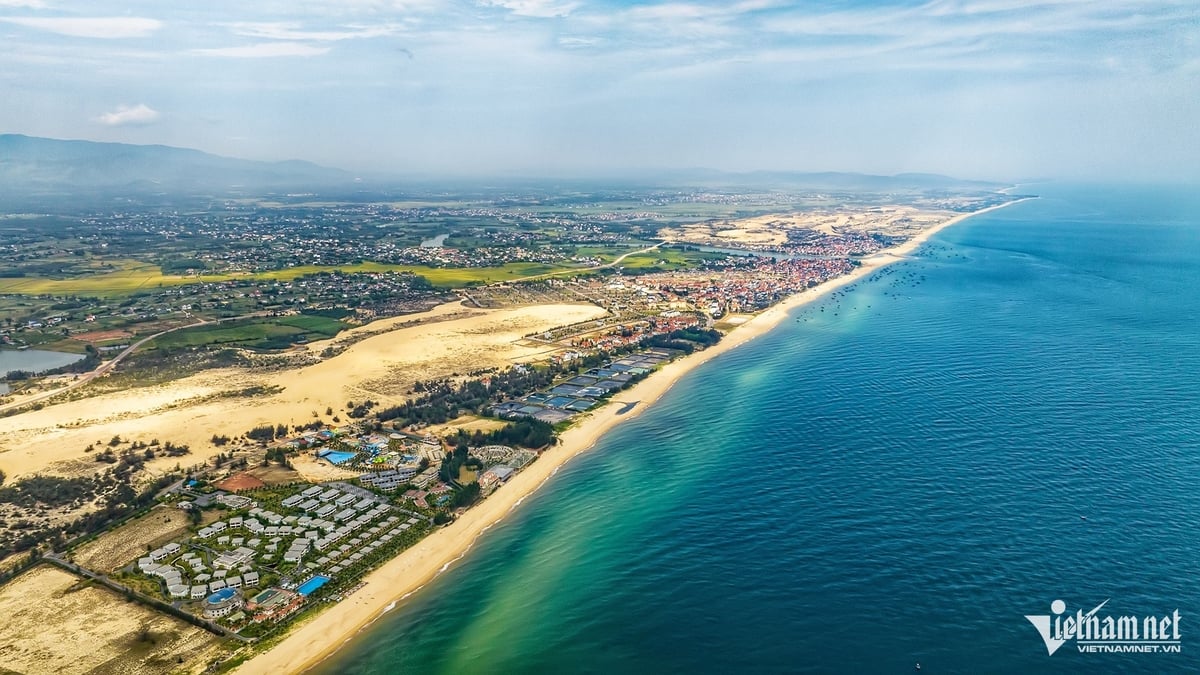


![[Photo] General Secretary To Lam holds a brief meeting with Russian President Vladimir Putin](https://vphoto.vietnam.vn/thumb/1200x675/vietnam/resource/IMAGE/2025/5/10/bfaa3ffbc920467893367c80b68984c6)
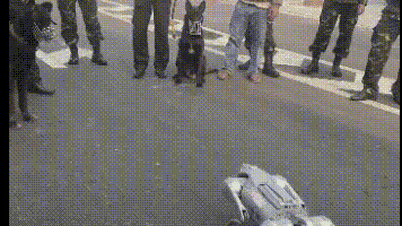



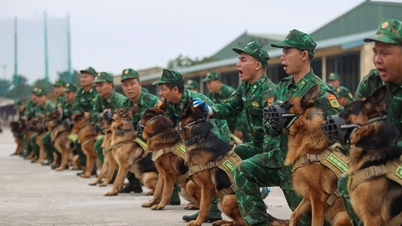

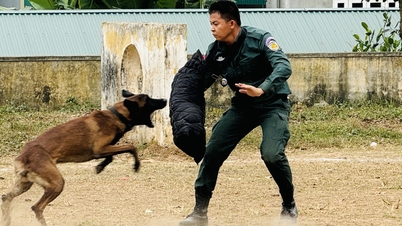





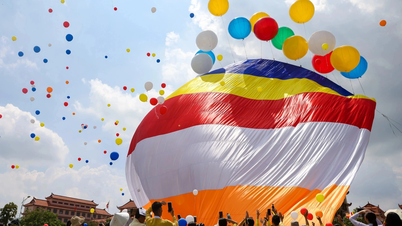



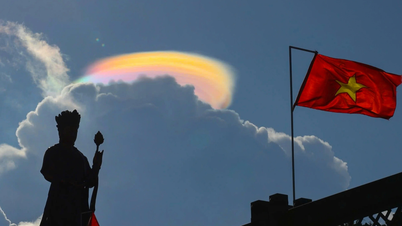











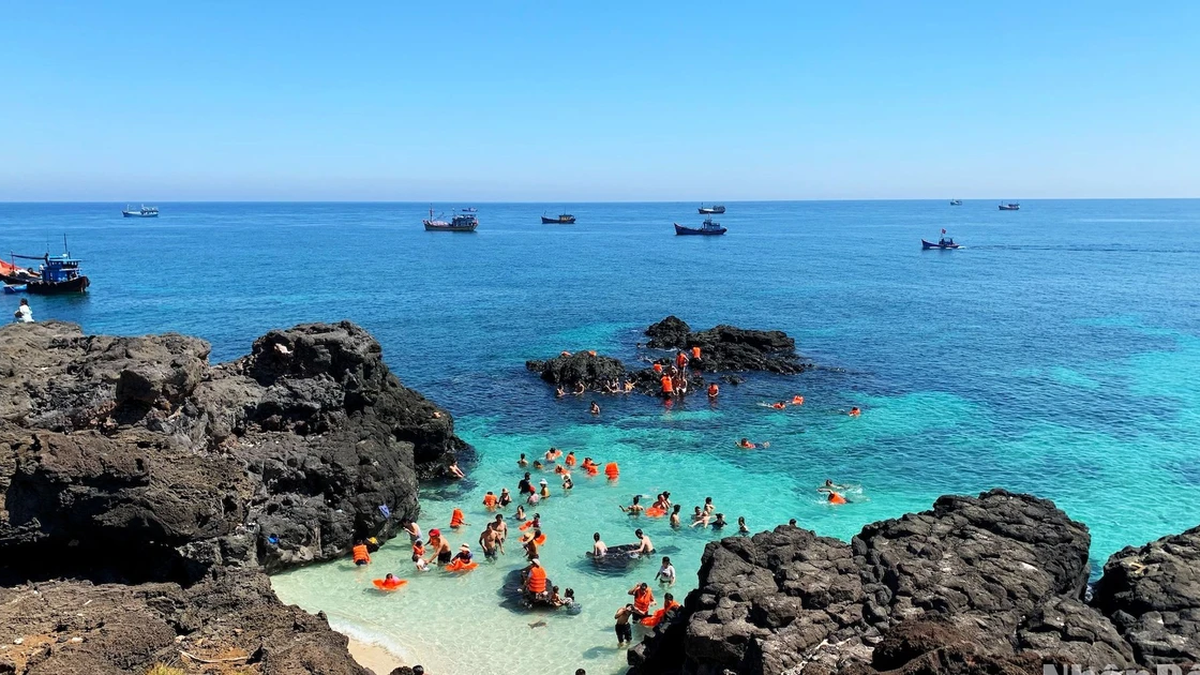






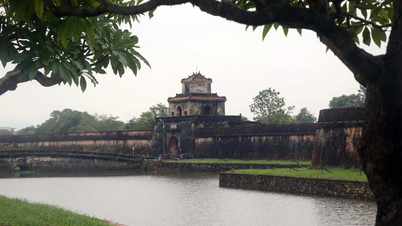

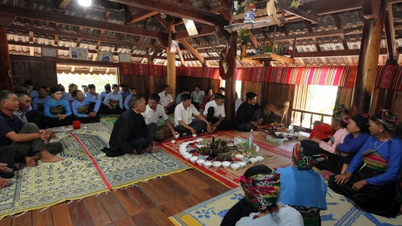





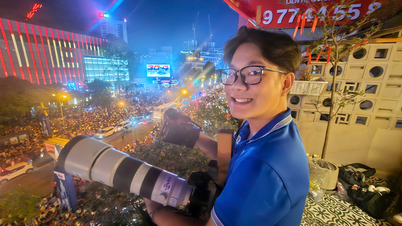
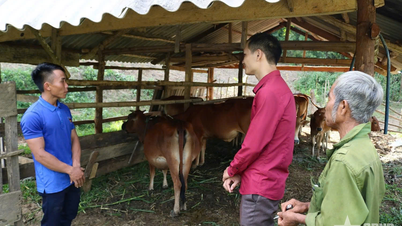



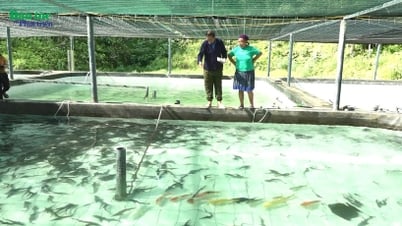









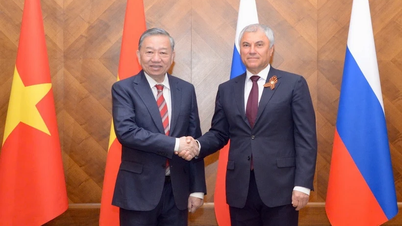





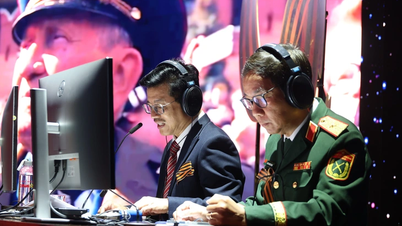














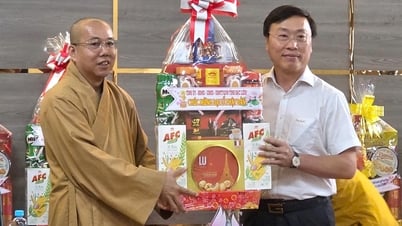













Comment (0)